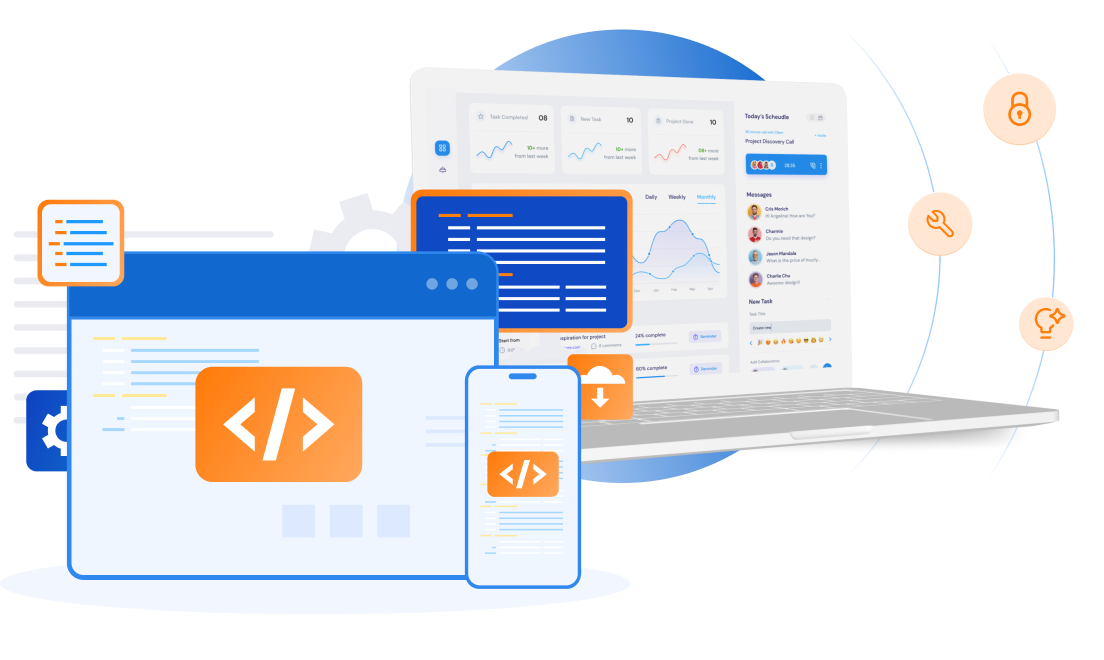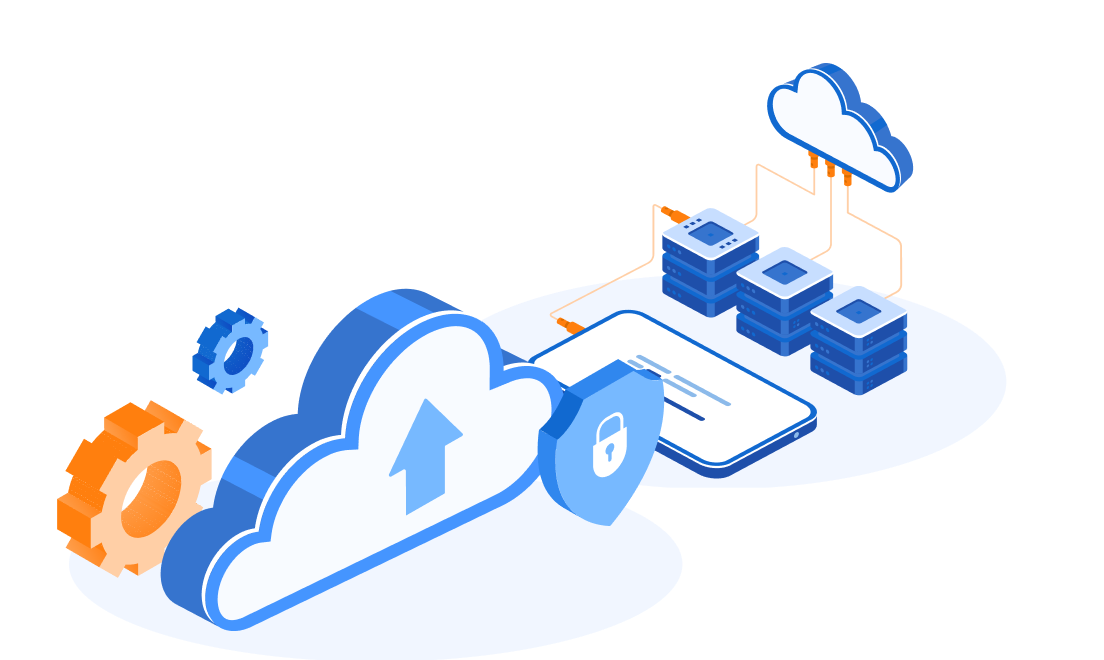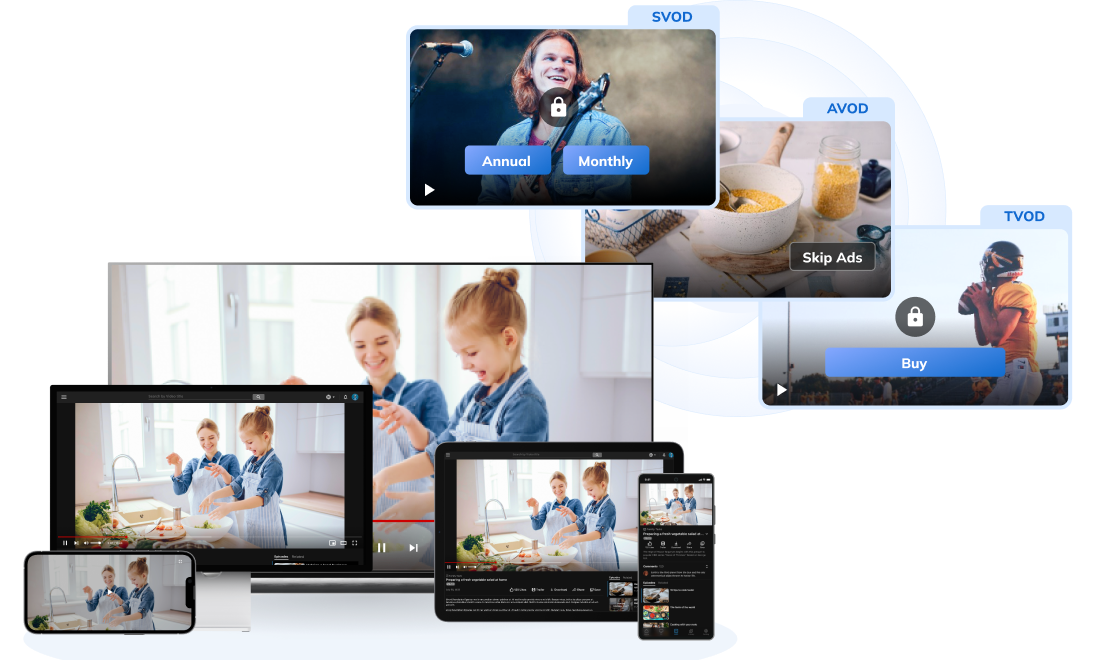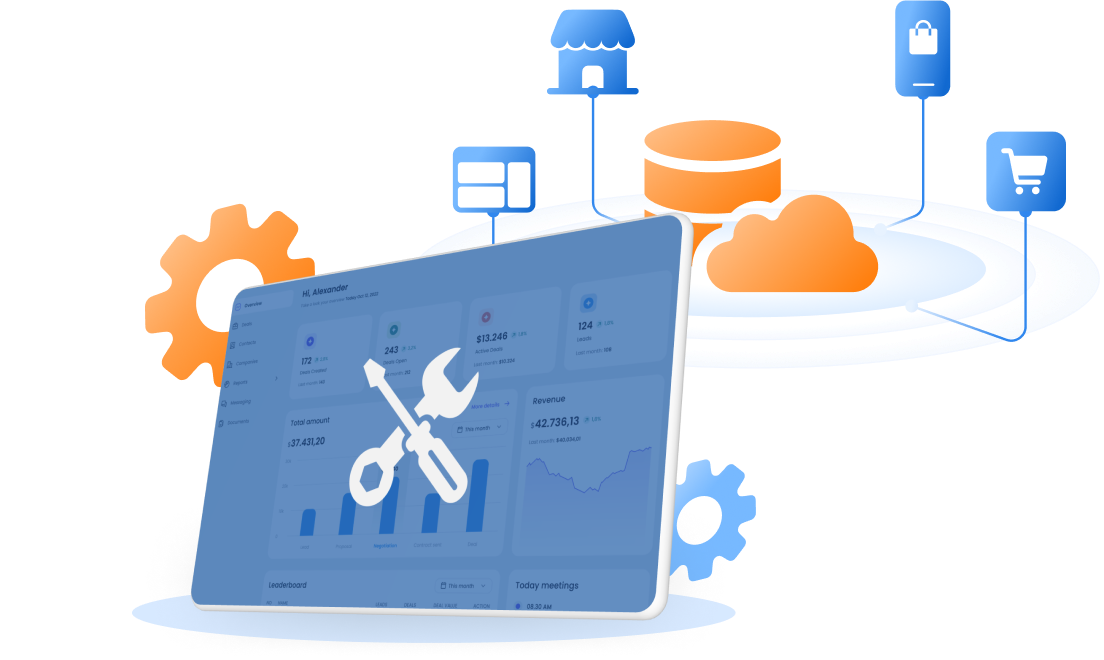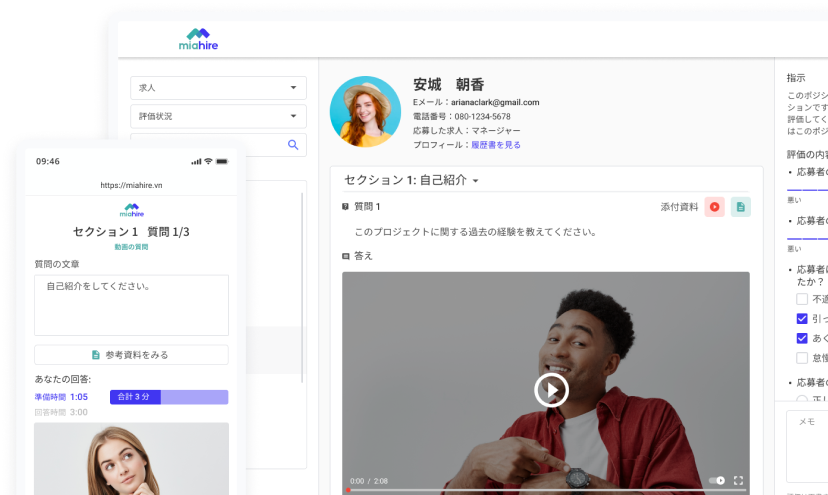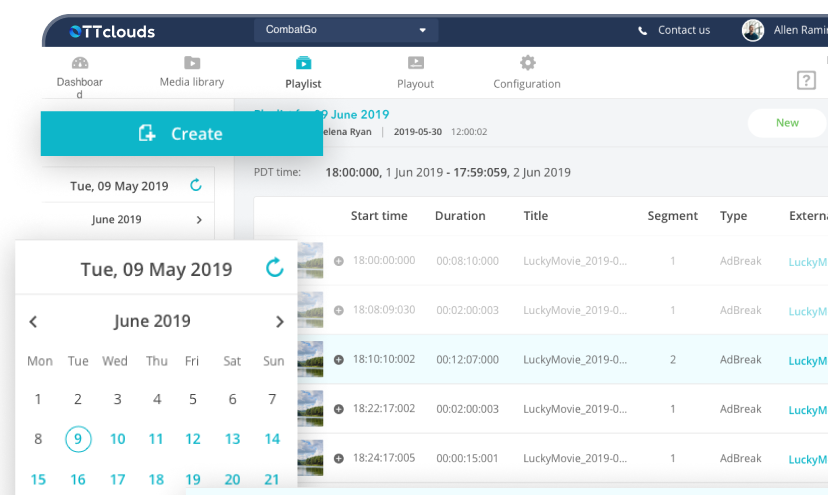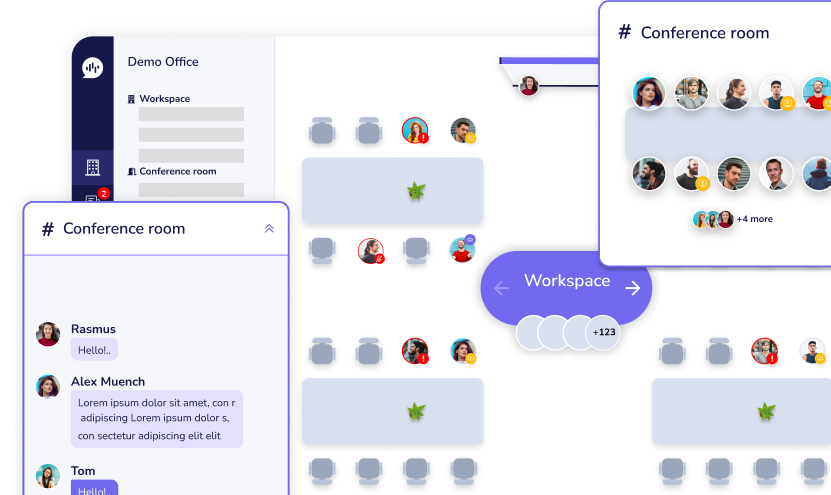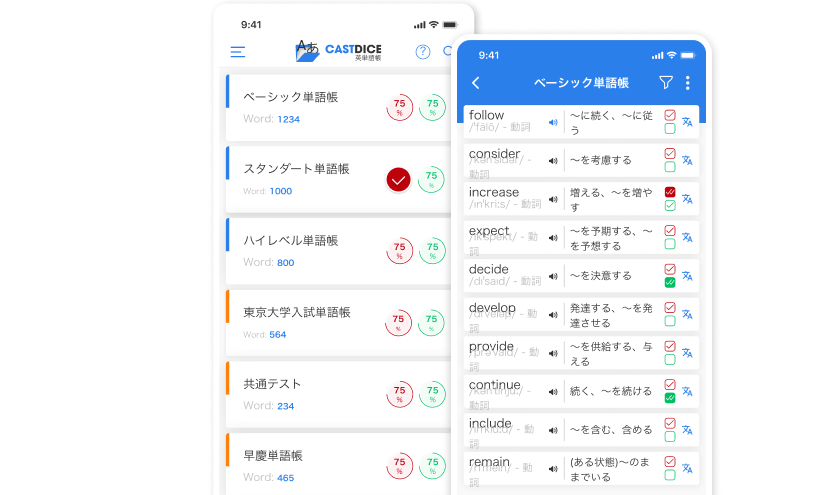Tips On How To Improve Work Performance For Your Employees
14/02/2023
1.82k
It’s in your best interest to find ways to motivate your employees because a highly motivated workforce means a well-run business. Continually striving to do better at work is a good habit to get into. Success is something you should always be working toward as a manager or a leader, and not just for yourself but also for each one of your employees or teammates.
Both management and staff should always be aware of their performance status. Implementing best practices for enhancing the quality and productivity of work can make a significant difference if performance is lagging or if it’s just time for a boost. Follow our post to know more on how to improve work performance for your employees.
What is Employee Performance?
Employee performance refers to how your employees act in the workplace and how well they carry out the tasks you’ve assigned to them.
Individual employee performance may refer to task-level effectiveness, quality, and efficiency. Individual performance has an impact on your team’s and organization’s performance. If you have employees who can’t keep up or who do subpar work, other workers may have to pick up the slack or you may have to redo work. When employees perform poorly, you may be unable to satisfy your customers, which will have a negative impact on your profits, company reputation, and sales.

Strategies to improve work performance for your employees
Improving your team’s efficiency can help your organization achieve its goals in a timely and cost-effective manner. Here’s how it works:
Quality of work
Work quality is the consistent level of work that an employee or team does. Time management, communication, and professional knowledge are all examples of work qualities. Work quality is a very important thing to think about when conducting performance reviews.
Employees who submit high-quality work are more likely to receive positive feedback on their performance evaluations. This can assist a business in meeting its objectives by utilizing the resources at its disposal. It can also assist employees in achieving personal career objectives.

Future Growth
In a field where things change quickly, it’s important to know how to stay up-to-date and how to improve work performance. Staff training and development is an ongoing requirement for every business that wants to stay competitive. Employees need to reskill or upskill when circumstances, tasks, and job definitions evolve.
But do not make the process of learning more difficult for them by subjecting them to a series of modules or by boring them with an unappealing collection of PowerPoint slides. Embrace cutting-edge methods that are proven to be more successful, such as microlearning.
Because of its short duration, microlearning is ideal for today’s fast-paced society. You can deliver these on a daily or weekly basis, depending on the demands of your company, without overwhelming your employees with information all at once.
Creating an environment where people are eager to learn is crucial to the success of this strategy. All employees, regardless of rank, should constantly challenge themselves to expand their knowledge and skills.

Implement the work culture
Physical, spiritual, and practical things affect how well an employee does their job. Employees will be encouraged and motivated to achieve, thrive, and succeed if they can talk to each other in a healthy and open way, have clear goals, and get ongoing training.
When people have a sense of belonging, appreciation, and purpose in their work, they are more likely to put up their best effort. Creating a pleasant visual setting is an important part of establishing a positive work culture. Make sure workers have everything they need to perform their responsibilities in a timely and pleasant way. Comfortable working conditions can be created with relatively little effort. Improvements in air quality and the availability of pleasant lighting, for example, can have a significant impact.

Praise and reward
Behind every accomplishment and milestone is your diligent team, and everyone enjoys being acknowledged for their efforts. A positive work culture includes a formal method for rewarding these accomplishments, therefore let’s have a celebration. Whether it be a bonus payment, public acknowledgment, a little party, or a special thank you. Your staff will be inspired to step up their efforts, surpass their prior accomplishment, and reach another target in the future if you show gratitude and recognition to them.

Work-life balance
We’ve all experienced the feeling of demands piling up on one side of the work-life balance and taking over our days. On the other end of the scale, you might also be familiar with the sensation of unfulfilled dreams and desires. As time goes on, they cause a generalized sense of discontent and loss of motivation in people.
Work-life balance is a common term used to describe a trade-off. You strike a balance between work projects and time spent with family, friends, and personal interests.
Excessive working time is directly related to decreased productivity and effectiveness. Stanford researchers discovered that after working 50 hours or more, employees’ output drops dramatically.
Conversely, when we feel supported and engaged, our physiology reacts with a happy soup of neurochemicals. They increase our sense of connectedness, creativity, vigor, and performance.

Discover employee’s inspirational values
Core values are your own morals or ideals that help you decide what to do, build relationships, and solve problems. Finding your employees’ inspirational values can help you set a clearer path for them, allowing them to achieve their personal and professional goals.
According to the 2012 Globoforce Workforce Mood Tracker, 88 percent of employees who know their core values are engaged, compared to 54 percent who don’t.
Research shows that a strong values-driven culture is key to the success of high performance organizations. Companies with a strong values-driven culture are more likely to have better financial results than their peers.

Conclusion
Employee performance has always been critical to a company’s success in the business world, but many companies fail to realize the full potential of their workforce by investing in training. Employees’ connections with their supervisors are the real differentiator between average and excellent performance. The right conditions can be created in a company by fostering a culture of openness, honesty, and faith in workers.
Above are some of our shares on how to improve work performance for your employees. Hopefully, you will find them helpful. Don’t be afraid to contact us if you have any questions.


